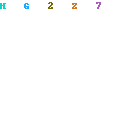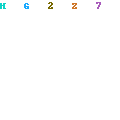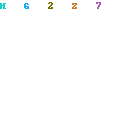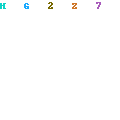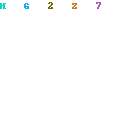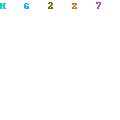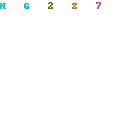Any type or text that’s part of a bitmapped image is no different than the rest of that image, and it will print with the same resolution of the image file. (Note: while Photoshop versions 6 and later support clean, vector type, you can’t print it that way without first going through a PostScript printer or interpreter, or a file conversion to PDF format and printing from Adobe Acrobat. Although other factors such as paper surface quality and the kind of printing technology used can definitely have an impact, it’s the printer’s resolution—addressable, not apparent—that mainly determines the quality of the printed, bitmapped type. A high dpi (dots per inch) will generally yield higher quality type with smoother edges while a low dpi produces type with ragged edges (see Figure 2.9).
If you’re printing from a drawing or page-layout program, the rules change somewhat. Adobe Illustrator and InDesign (version 1.5 and later) don’t require a freestanding PostScript interpreter for good-looking type. Other programs like Quark XPress need PostScript font support from a utility program like Adobe Type Manager (ATM) if your operating system doesn’t already have PostScript font support built in. In any of these cases, if you’re printing through an inkjet’s native printer driver, the type quality will still vary with the resolution of the printer. However, as soon as you bring in a PostScript interpreter, things improve significantly.
